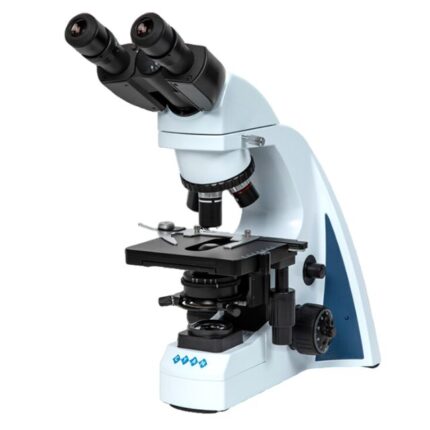FSH Reagen – Jaj International
FSH Reagent
Human Follicle Stimulating Hormone (FSH, follitropin) is a glycoprotein of approximately 30,000 daltons which, like luteinizing hormone (LH, lutropin),
human chorionic gonadotropin (hCG) and thyroid stimulating hormone (TSH, thyrotropin), consists of two noncovalently associated subunits
designated α and β. 1 The α subunit of FSH contains 92 amino acids and is very similar to the α subunits of LH, hCG, and TSH. 1 The β subunit of
FSH is unique and confers its immunological and functional specificity.
1 FSH and LH control growth and reproductive activities of the gonadal
tissues. 2,3 FSH promotes follicular development in the ovary and gametogenesis in the testis. 3,4 The gonadotroph cells of the anterior
pituitary secrete both FSH and LH in response to gonadotropin releasing hormone (LHRH or GnRH) from the medial basal hypothalamus.
5 Both FSH and LH are secreted in a pulsatile manner, with rapid fluctuations over the normal range. 3,6,7 The pulsatility of FSH is less pronounced
than that of LH. Release of both FSH and LH from the pituitary is under negative feedback control by the gonads. 5 FSH in mature females acts to stimulate development of the ovarian follicles.
Circulating FSH levels vary throughout the menstrual cycle in response to estradiol and progesterone. A small, but significant increase in circulating FSH accompanies the mid-cycle LH surge. However, the physiological significance of this increase is unknown. Circulating levels of FSH decline in the luteal phase in response to estradiol and progesterone production by the developing corpus luteum. 2
At menopause, ovarian function is diminished with concomitant decrease in estradiol secretion. FSH and LH then increase significantly in response
to diminished feedback inhibition of gonadotropin release. 8,9 In males, FSH, LH, and testosterone regulate spermatogenesis by the Sertoli cells
in the seminiferous tubules of the testes.
FSH is less sensitive to feedback inhibition by testosterone than is LH and is thought to be regulated
independently by the inhibitory peptide inhibin produced by the Sertoli cells. 10,11 Because of the negative feedback mechanisms regulating gonadotropin release, elevated concentrations of LH and FSH are indicative of gonadal failure when accompanied by low concentrations of the gonadal steroids. In males, these observations suggest primary testicular failure or anorchia.
4 FSH may also be elevated in Klinefelter’s syndrome (seminiferous tubule dysgenesis) or as a consequence of Sertoli cell failure. 4 In females, situations in which FSH is elevated and gonadal steroids are depressed
include menopause, premature ovarian failure, and ovariectomy, while with polycystic ovarian syndrome the LH/FSH ratio may be increased. 7 Abnormal FSH concentrations may also indicate dysfunction of the hypothalamic-pituitary axis.
In sexually mature adults, FSH deficiency, together with low concentrations of LH and sex steroids, may indicate pan hypopituitarism. 7 This can result either from a decrease in the release of GnRH or from a lack of response of the pituitary to GnRH. Determination of serum FSH, following administration of GnRH, may allow differentiation of these two conditions. 5,7 The use of oral contraceptives usually results in reduction of gonadotropin levels due to negative feedback by these steroids. 5












Reviews
There are no reviews yet.